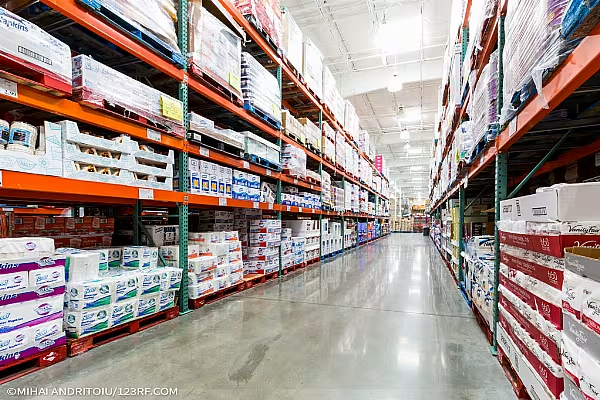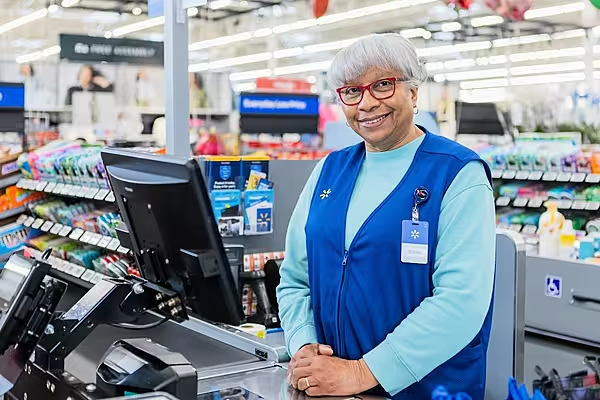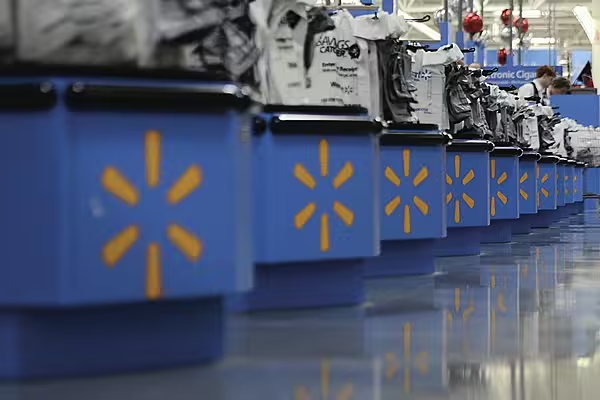Costco Wholesale Corp beat Wall Street estimates for quarterly revenue and profit, as consumers returning to its stores bought more groceries and splurged on high-margin items such as jewellery and home furnishing goods.
Sales at Costco, which relies heavily on customers seeking a treasure-hunt shopping experience at its cavernous warehouses, have benefited following the rollout of vaccines and easing of COVID-19 curbs.
Even with the reopening of restaurants and outdoor eateries, consumers have retained pandemic-induced habits of cooking and eating more at home, bolstering sales at retailers including Costco and Kroger Co.
There has been strong demand for high-margin items in recent months as social events and travel have resumed, boosting sales at retailers.
However, the company said it was still pressured by container delays, higher labour and freight costs and chip shortages, which were impacting deliveries.
"Despite all the supply chain issues, we're staying in stock and continue to work to mitigate cost and price increases as best we can," chief financial officer Richard Galanti said.
Quarterly Performance
Comparable sales, excluding the impact of fuel and currency fluctuations, jumped 11.1% in the second quarter, compared with Refinitiv IBES estimates of an 8.74% rise.
Total revenue rose 16% to $51.90 billion (€46.9 billion) in the second quarter from a year earlier. Analysts on average had expected $51.47 billion (€46.5 billion).
Net income rose to $1.30 billion (€1.2 billion), or $2.92 per share, in the quarter ended 13 February, from $951 million (€858.5 billion), or $2.14 per share, a year earlier. Analysts were expecting it to report profit of $2.74 per share.
Still, shares of the retailer fell about 1% in extended trading as same-store sales growth in February slowed to 10.6% on an adjusted basis from 10.8% in January.











